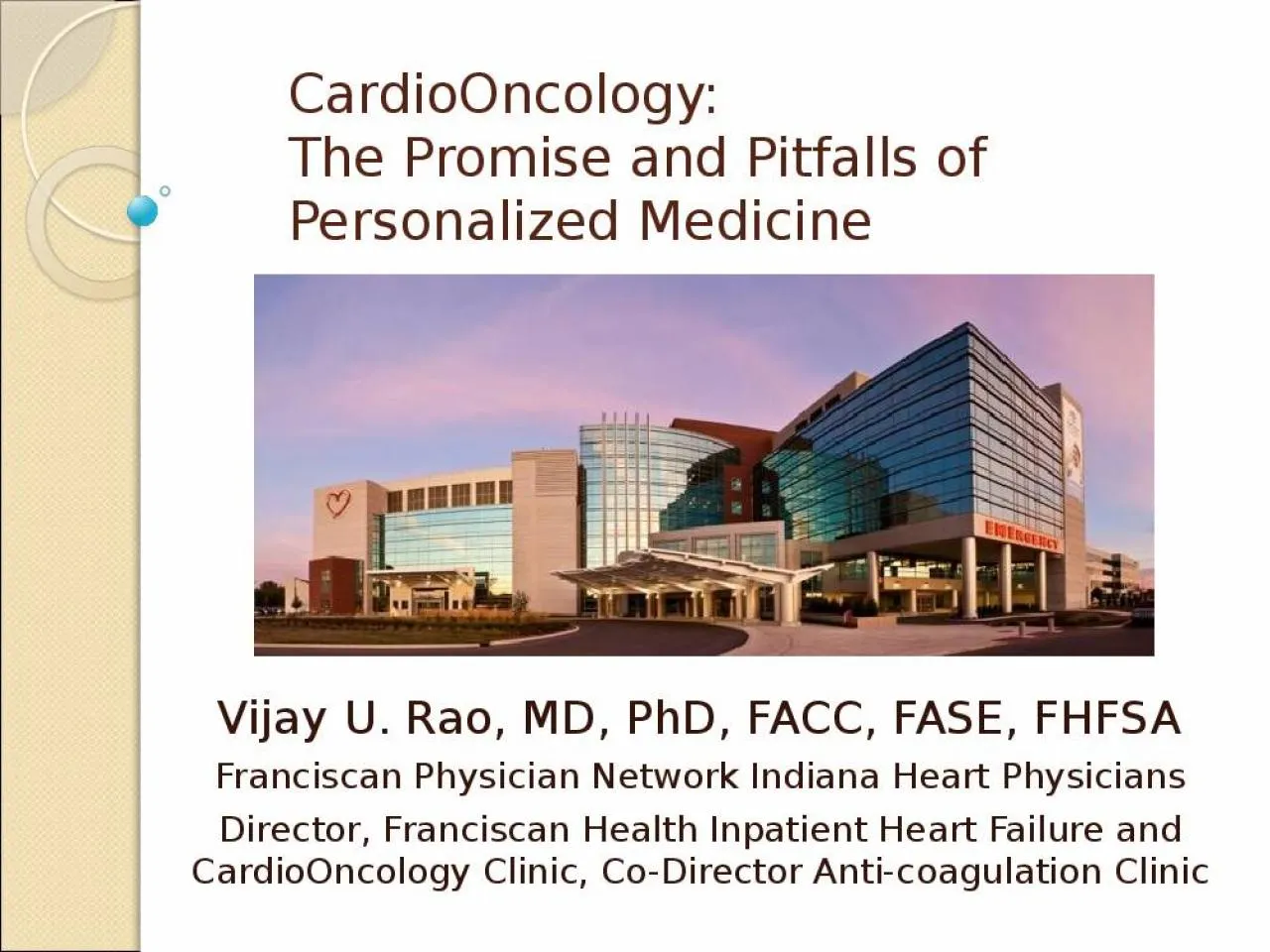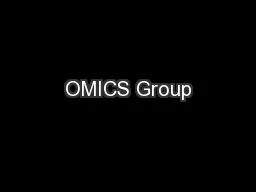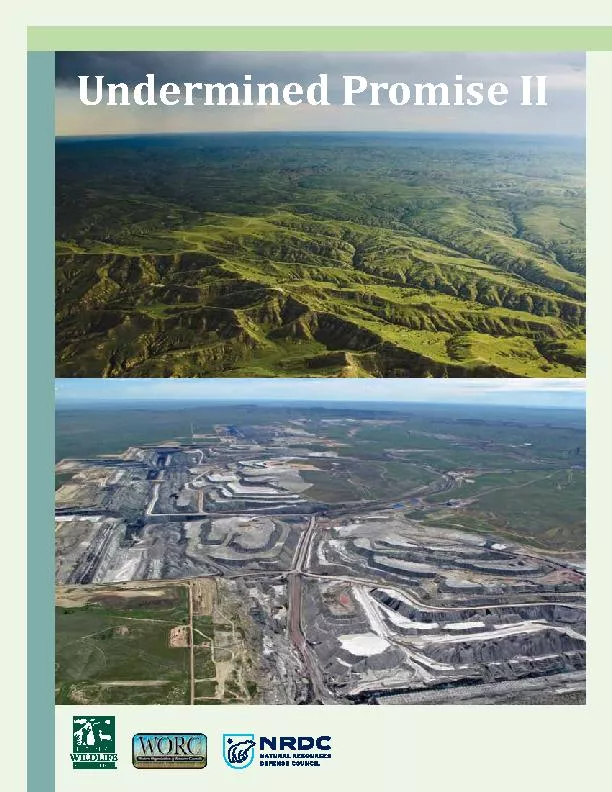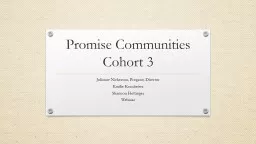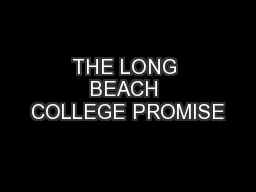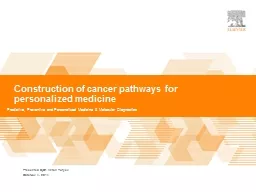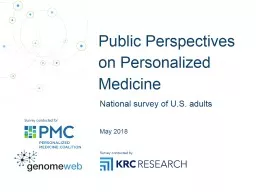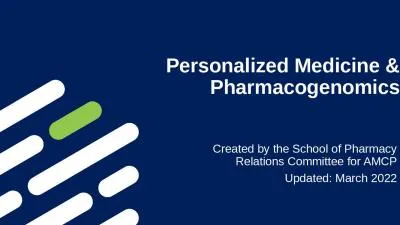PPT-CardioOncology : The Promise and Pitfalls of Personalized Medicine
Author : emmy | Published Date : 2022-02-15
Vijay U Rao MD PhD FACC FASE FHFSA Franciscan Physician Network Indiana Heart Physicians Director Franciscan Health Inpatient Heart Failure and CardioOncology Clinic
Presentation Embed Code
Download Presentation
Download Presentation The PPT/PDF document "CardioOncology : The Promise and Pitfall..." is the property of its rightful owner. Permission is granted to download and print the materials on this website for personal, non-commercial use only, and to display it on your personal computer provided you do not modify the materials and that you retain all copyright notices contained in the materials. By downloading content from our website, you accept the terms of this agreement.
CardioOncology : The Promise and Pitfalls of Personalized Medicine: Transcript
Download Rules Of Document
"CardioOncology : The Promise and Pitfalls of Personalized Medicine"The content belongs to its owner. You may download and print it for personal use, without modification, and keep all copyright notices. By downloading, you agree to these terms.
Related Documents

